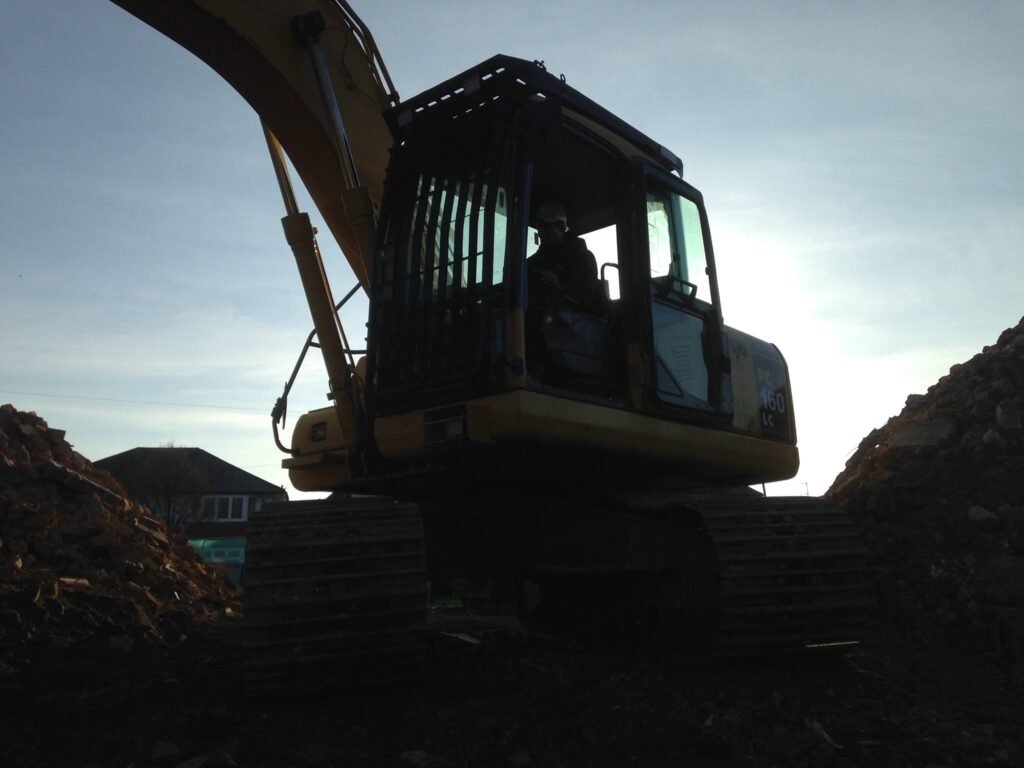Groundwork & Drainage

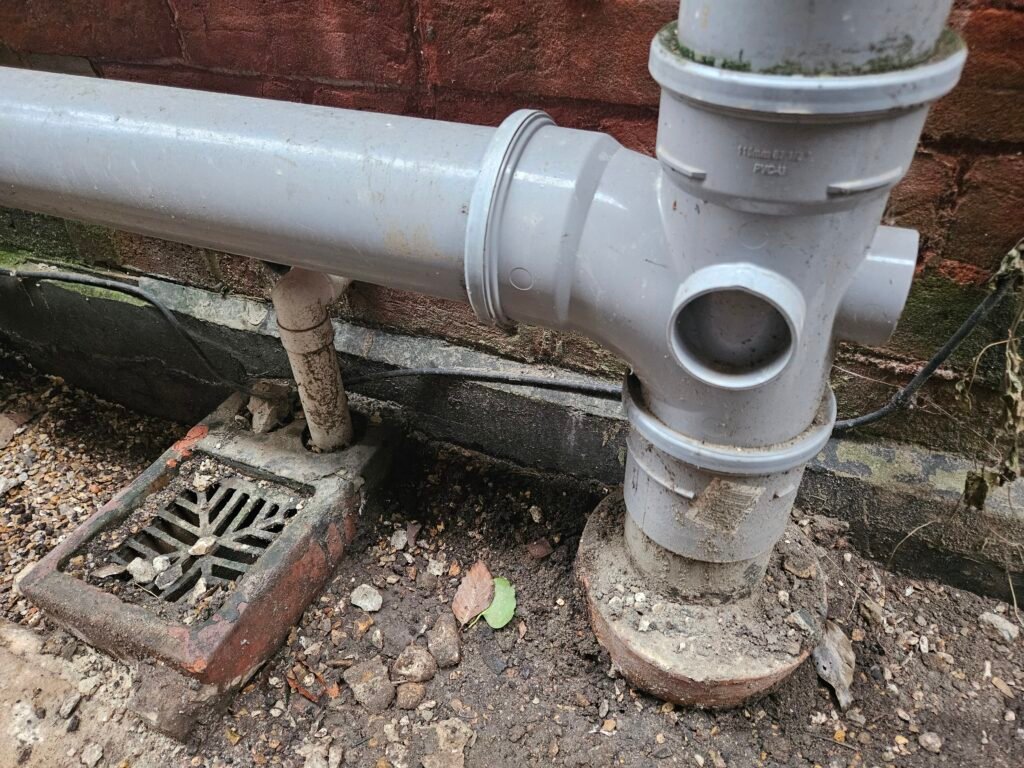
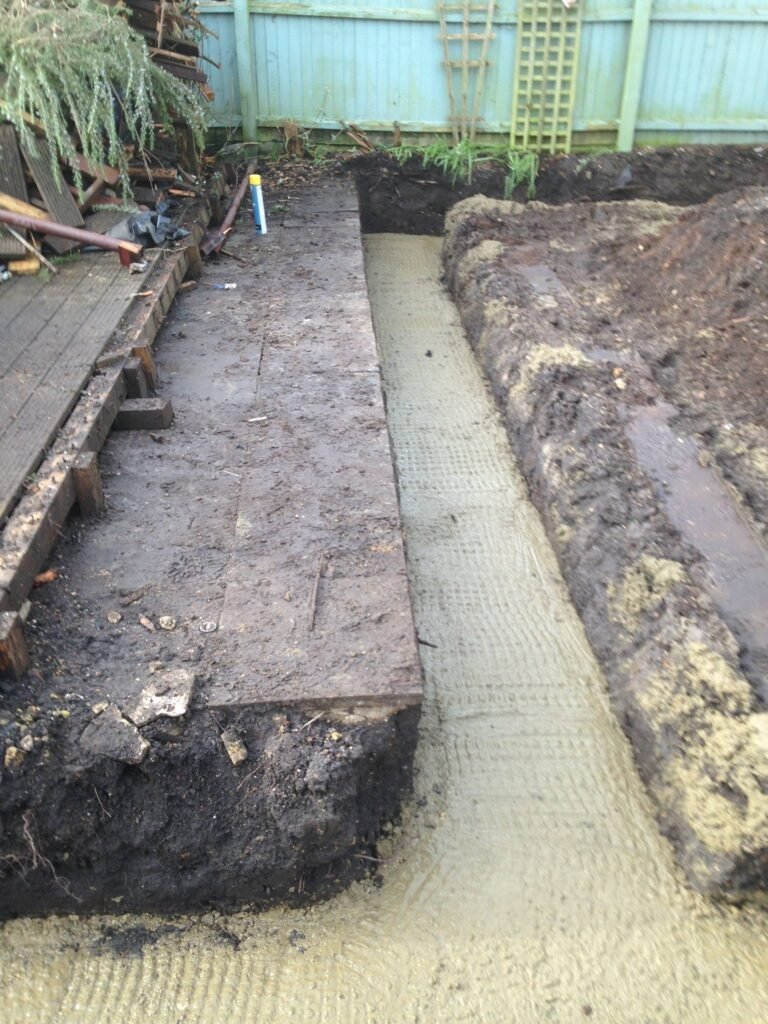
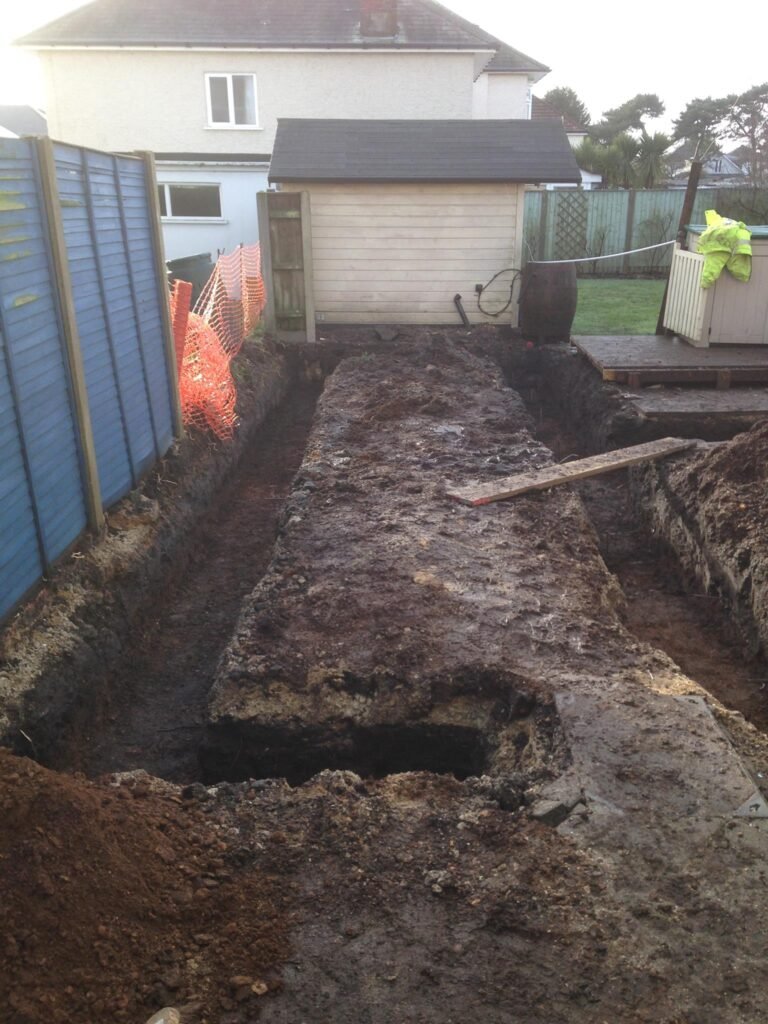
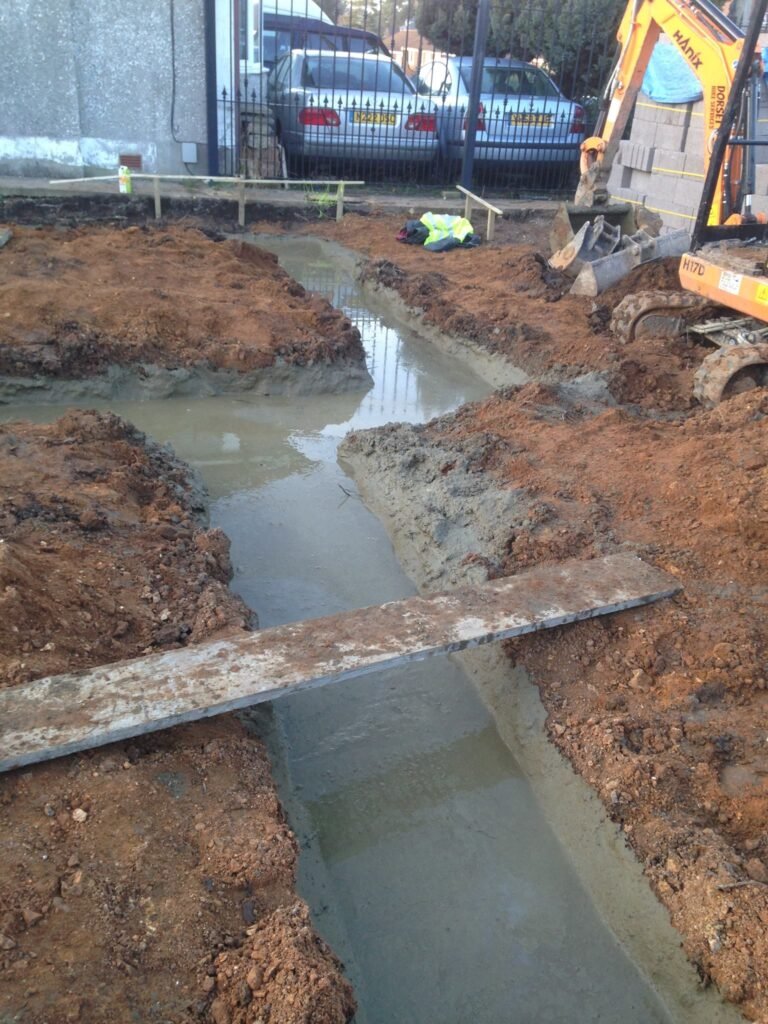
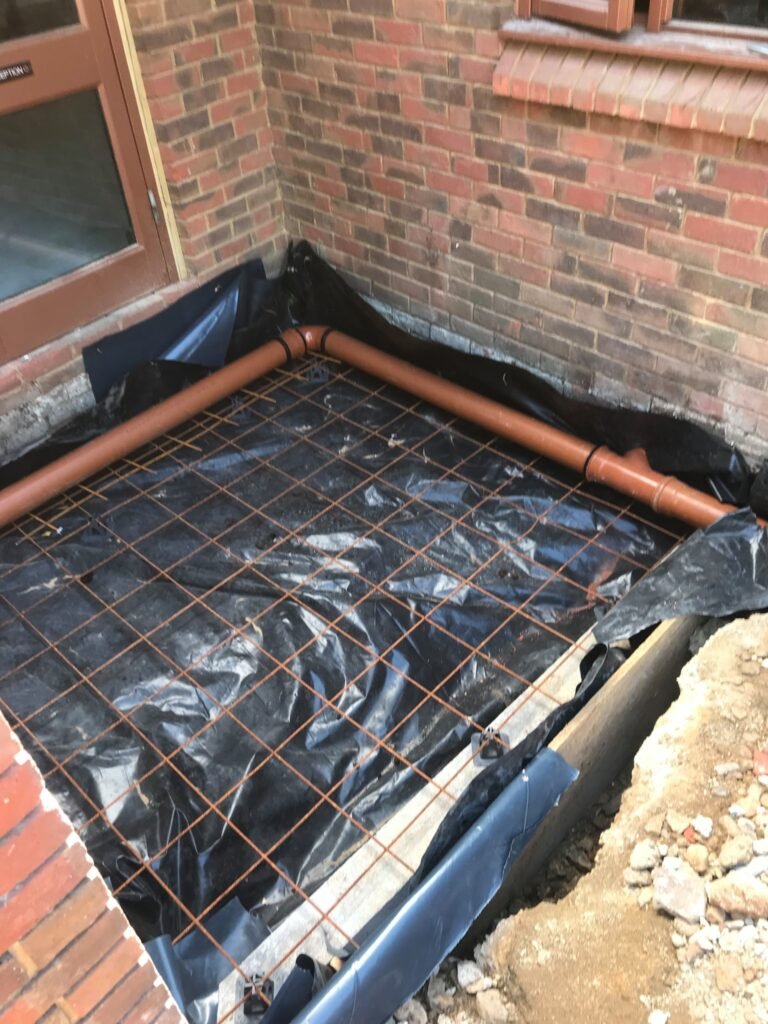
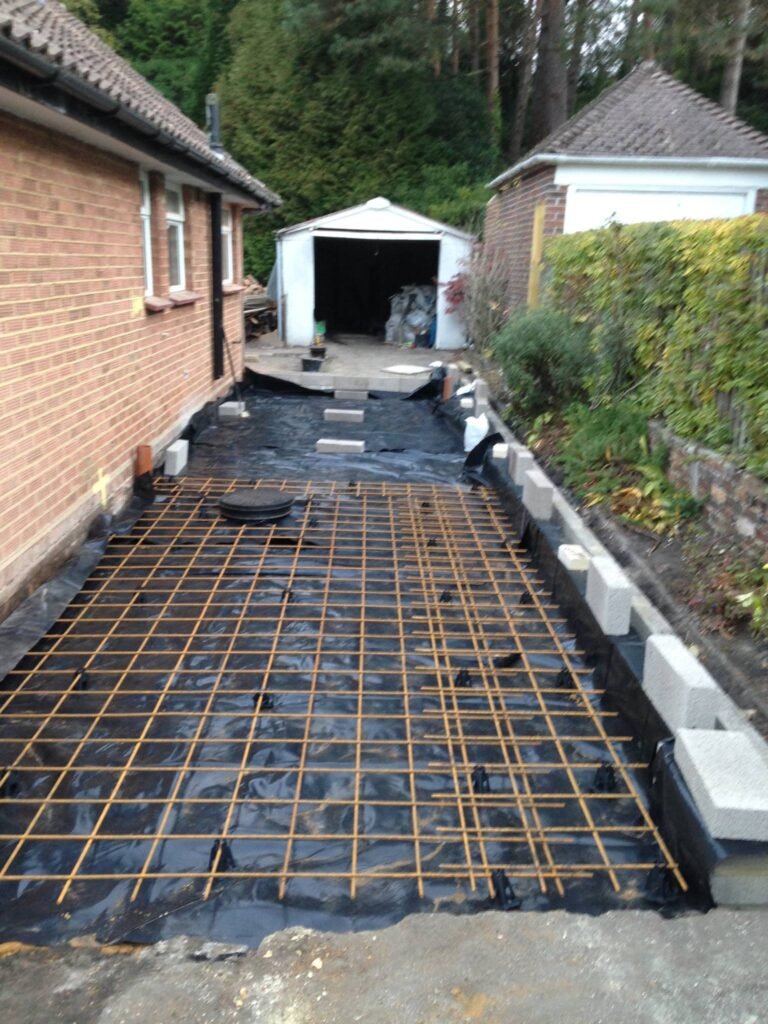
Excavation
Home Build Excavation is a crucial part of constructing a residential property, as it prepares the site for the foundation and essential systems like drainage, utilities, and landscaping. Proper excavation ensures the stability and longevity of the structure while addressing site-specific challenges.
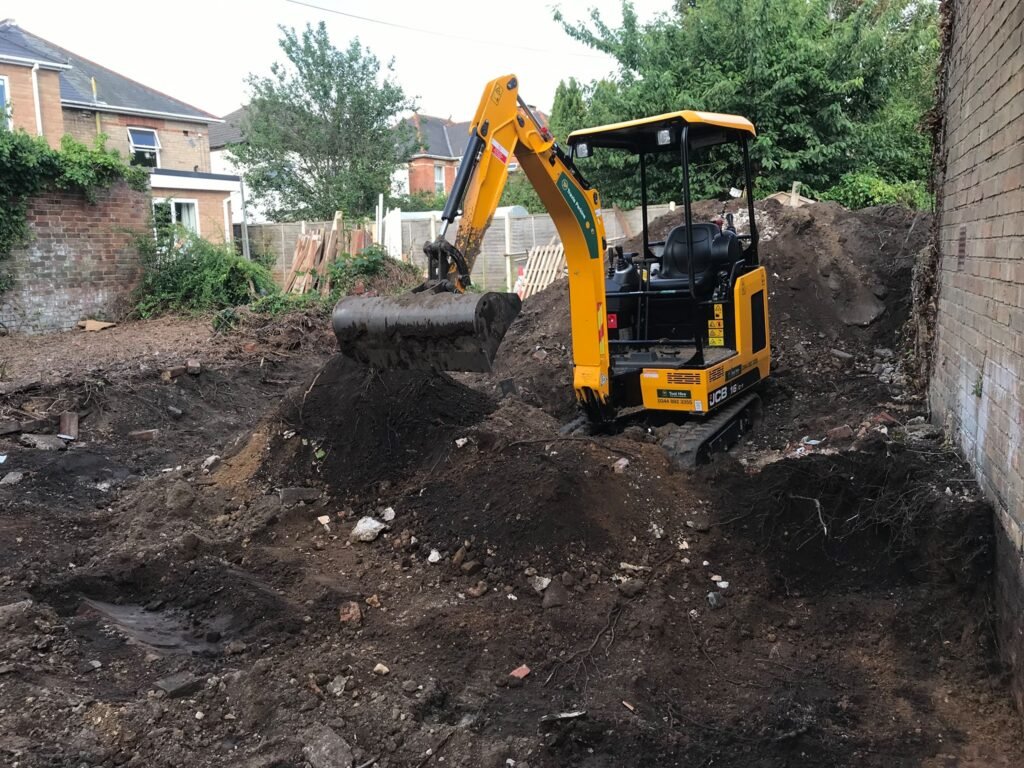

Residential Groundworks
Types of Groundworks
- Shallow Foundations: Common for residential projects, like strip footings and slabs.
- Deep Foundations: Required for unstable or soft soils, involving piles or drilled piers.
- Drainage Groundworks: Including soakaways, trenches, and septic tanks where mains drainage isn’t available.
- Retaining Structures: For sloped sites, retaining walls might be needed to hold soil in place.
Equipment Used in Groundworks
- Hygiene: Delivers clean water for drinking, cooking, and bathing while effectively removing wastewater to prevent health hazards.
- Convenience: Provides water on demand for household and industrial processes.
- Resource Management: Modern plumbing systems incorporate water-saving technologies, promoting sustainability.
- Disaster Prevention: Properly installed systems reduce risks of leaks, pipe bursts, and water damage.
Common Challenges
- Unstable Soil: May require soil reinforcement or deep foundations.
- Drainage Issues: Poor water management can lead to flooding or structural damage.
- Site Access: Tight or difficult-to-access sites increase labor and equipment costs.
- Weather Delays: Rain or freezing conditions can disrupt excavation and foundation work.
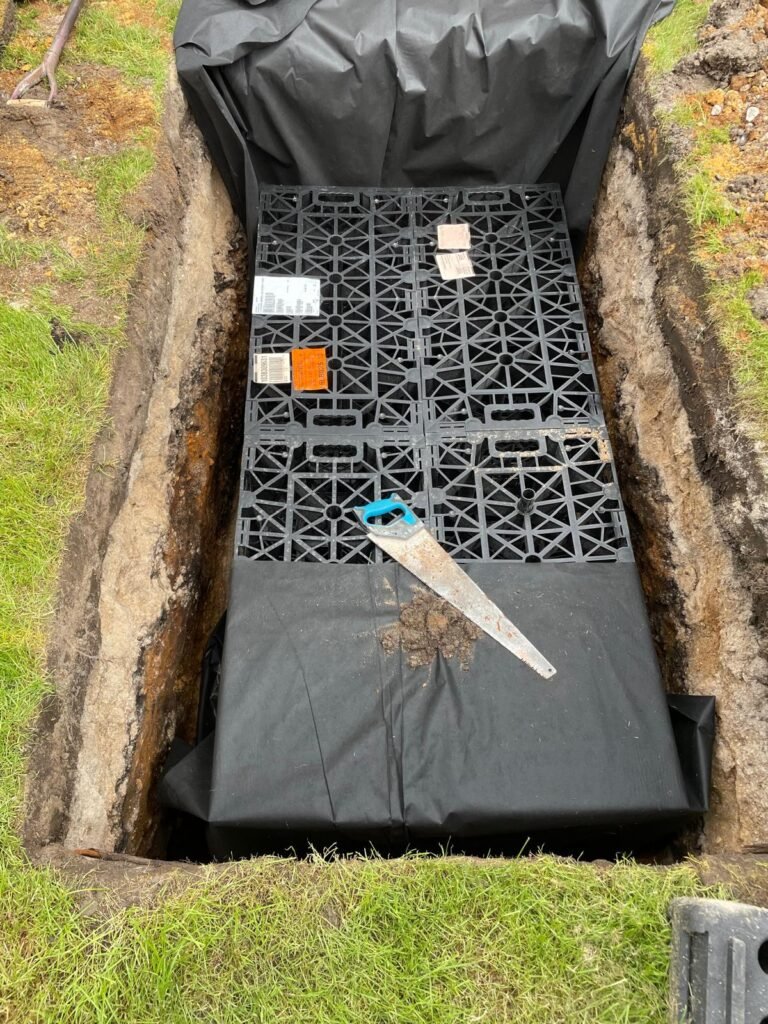
Drainage
Adding proper drainage during a residential building develop project is critical to prevent water damage, structural issues, and soil erosion. Here’s an overview of how drainage should be incorporated into a home extension project.
Surface Water Drainage
Manages water runoff from roofs, driveways, and paved surfaces.
- Gutters and Downspouts: Collect and direct rainwater from the roof to a discharge point or drainage system.
- Channel Drains: Linear drains installed on driveways, patios, or around the property to capture surface water.
- Graded Surfaces: Land grading ensures water flows away from the home toward designated drainage points.
Subsurface Drainage
Addresses water beneath the surface, preventing soil saturation and structural damage.
- French Drains:
- A trench filled with gravel and a perforated pipe to redirect water away from the foundation.
- Suitable for areas with high water tables or poor soil drainage.
- Soakaways:
- Underground pits or crates designed to disperse water into the surrounding soil gradually.
- Ideal for areas where excess runoff needs to be absorbed locally.
- Sump Pumps:
- Pumps installed in a pit (sump basin) to remove water from basements or crawlspaces.
- Particularly effective in flood-prone areas.
Foundation Drainage
Prevents water from pooling around the foundation, which can cause cracks and leaks.
- Perimeter Drains:
- Pipes installed around the foundation to capture groundwater and direct it to a discharge point.
- Often combined with waterproofing membranes.
- Basement Waterproofing:
- Includes drainage boards and sealants applied to foundation walls.
- Ensures water doesn’t penetrate below-ground structures.
Driveway and Patio Drainage
Manages water pooling on paved surfaces.
- Permeable Paving:
- Allows water to filter through the surface into the ground.
- Slot Drains:
- Narrow drains that blend seamlessly into driveways or patios.
- Driveway Drains:
- Trench drains at the driveway’s edge to collect water running off the surface.

